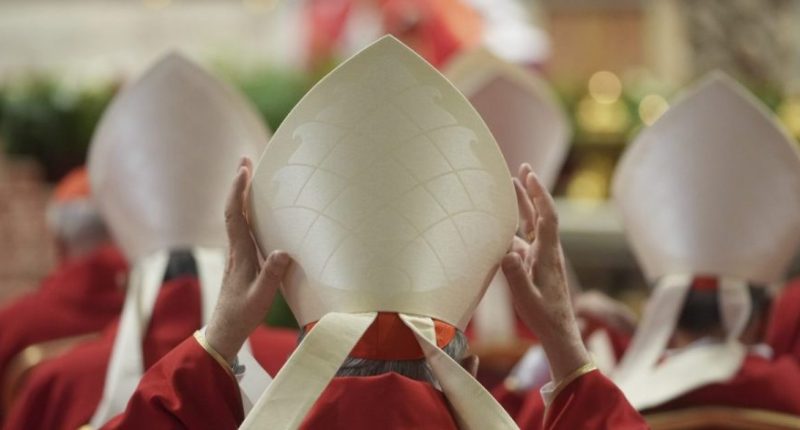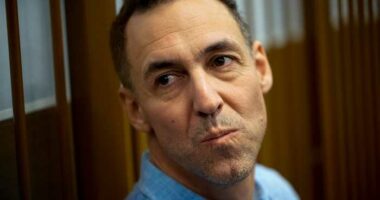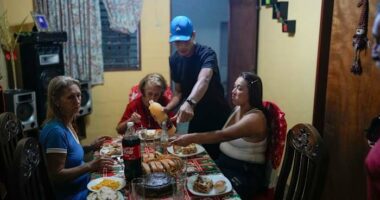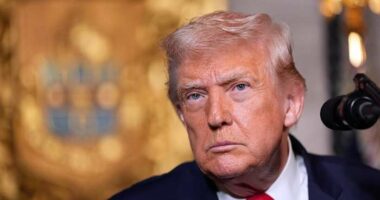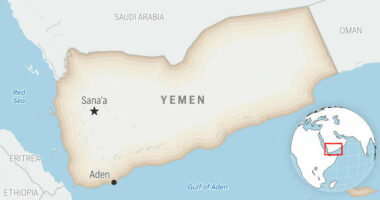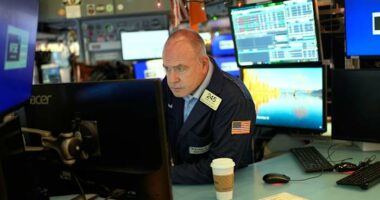Share this @internewscast.com

VATICAN CITY (AP) — While cardinals are not required to vote based on their nationality or region when choosing a new pope, understanding their geographic makeup can shed light on their priorities as they commence the conclave on Wednesday. This assembly is tasked with selecting a new leader for the global Catholic Church, which numbers 1.4 billion people.
The concerns of a cardinal leading the Vatican’s liturgy department may differ significantly from those of the archbishop in Ulaanbaatar, Mongolia. Similarly, a cardinal overseeing a large European archdiocese with numerous priests might focus on different issues than a Vatican ambassador working in war-ravaged Syria, or the archbishop in Managua, Nicaragua, where the church is facing governmental challenges.
As of now, 135 cardinals under 80 years old are eligible to vote in this conclave, representing 71 countries, making it the most geographically diverse conclave ever. Due to health reasons, two cardinals have informed the Vatican they will be unable to participate, reducing the number of cardinals entering the Sistine Chapel to 133.
A two-thirds majority is needed to be elected pope, meaning that if the number of electors holds at 133, the winner must secure 89 votes.
The countries with the most electors are: Italy (17), United States (10), Brazil (7), France and Spain (5), Argentina, Canada, India, Poland and Portugal (4).
Here is a regional breakdown of the full 135 cardinal electors, according to Vatican statistics and following the Vatican’s geographic grouping.
Europe: 53. (An elector who says he’s skipping the conclave is from Spain, so the actual number of Europeans is expected to be 52.)
Asia (including the Middle East): 23
Africa: 18. (Another elector who says he’s skipping the conclave is from Kenya, so the number of Africans is expected to be 17.)
South America: 17
North America: 16 (of whom 10 are American, 4 are Canadian and 2 are Mexican)
Central America: 4
Oceania: 4 (1 each from Australia, New Zealand, Papua New Guinea and Tonga)
